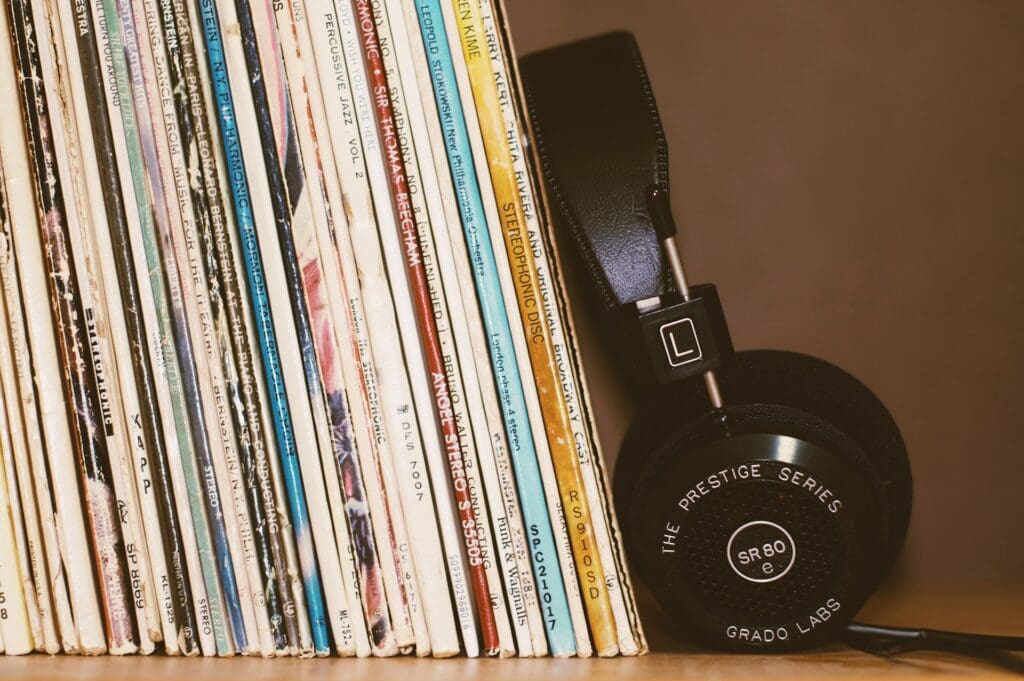Music is an integral part of our lives, and understanding the key concepts is essential for any musician or music enthusiast. Beat vs rhythm are two of the most fundamental components of music, and they are often confused with one another.
In this article, we will explore the differences between beat and rhythm and how they work together to create a musical experience. We will look at the definitions of beat vs rhythm, and how they can be used to create unique musical structures. Finally, we will discuss how understanding beat and rhythm can help you become a better musician or music listener.
History of Beat Vs Rhythm
Beats and rhythms have been around since the dawn of man. Ancient cultures used drums, rattles and other percussion instruments to create a beat, which was then used to accompany singing, dancing and storytelling. As civilizations evolved, so did the complexity of the beats and rhythms, with different cultures developing their own unique styles.
Today, beats and rhythms are used in a variety of musical genres, from hip-hop and rap to rock and pop. Beats are often generated by electronic instruments such as drum machines, samplers and synthesizers, while rhythm is typically created by instruments such as guitars, basses, keyboards and percussion. Producers, beatmakers and DJs use these tools to create unique sounds and rhythms that can be heard in clubs, concerts and on the radio.
What are beats?
Beats are the rhythmic patterns in music. They are used to create a steady rhythm that keeps the listener engaged and helps to create a sense of flow in a song. Beats can be created with a variety of instruments, such as drums, bass, and guitar. They are often used to create a sense of anticipation or tension in a song, as well as to provide a rhythmic foundation for other instruments and vocalists to work with. Beats are an integral part of almost all genres of music, from hip-hop and rap to rock and pop.
Different types of beats
4/4 Beat: This is the most common type of beat in popular music and is usually four beats per measure.
6/8 Beat: This beat is often used in waltzes and is six beats per measure.
Swing Beat: This is a type of jazz beat and is usually eight beats per measure.
Half-Time Beat: This type of beat is often used in hip-hop and is usually four beats per measure.
Double Time Beat: This beat is often used in rock and metal music and is usually eight beats per measure.
Shuffle Beat: This type of beat is often used in blues and country music and is usually eight beats per measure.
What is rhythm?
Rhythm is a vital component of music, and it is defined as the regular arrangement of strong and weak beats in a musical composition. It is used to create a sense of movement, energy, and excitement in a musical piece. Rhythm can be used to provide a structure for a piece of music, as well as to create a sense of flow and continuity. It is often used to create tension and release in a musical composition, as well as to emphasize certain sections or elements of a piece. Rhythm is also used to create a sense of texture and texture changes in a musical piece, as well as to create an overall atmosphere or mood.
Different types of rhythms
Pop: A steady, regular beat that is easy to dance to.
Rock: A faster, more aggressive rhythm often featuring distorted guitars and heavy drums.
Reggae: A laid-back, relaxed rhythm featuring syncopated off-beat accents.
Hip-hop: A rhythmic style that often incorporates sampling and rapping.
Jazz: A complex, syncopated rhythm featuring improvisation.
Blues: A slow, soulful rhythm featuring bends and slides on the guitar and vocal lines.
Country: A twangy, upbeat rhythm featuring acoustic guitars and banjos.
Latin: A fast, syncopated rhythm featuring horns and percussion.
World: A diverse range of rhythms featuring instruments from around the world.
What is the difference between beat vs rhythm?
The terms ‘beat’ and ‘rhythm’ are often used interchangeably in music, but they are actually quite different concepts. Beat is the underlying pulse of a piece of music, while rhythm is the pattern of notes and accents that create the musical texture. Beat is the steady pulse that gives a piece of music its structure, while rhythm is the way the notes are arranged and played.
Examples
The difference between beat and rhythm can be seen in the example of a simple waltz. The beat of the waltz is the steady pulse that gives the music its structure, and it is usually measured in terms of tempo (e.g. 120 BPM). The rhythm of the waltz is the pattern of notes and accents that creates the musical texture, and it is often made up of elements such as tempo, meter, accent, and syncopation.
Song: “Uptown Funk” by Mark Ronson ft. Bruno Mars
Beats:
- 4/4 time signature
- Upbeat, driving drum beat
- Funky bassline
Rhythm:
- Syncopated rhythms
- Fast-paced, staccato notes
- Repetitive call-and-response between vocals and instruments
Summary of Beat Vs Rhythm
In conclusion, beat and rhythm are two distinct concepts in music. Beat is the underlying pulse of a piece of music, while rhythm is the pattern of notes and accents that creates the musical texture. Beat is the foundation upon which the rest of the music is built, while rhythm is what gives a piece of music its unique character. Understanding the difference between beat and rhythm is essential for any musician, and it can help them to create more interesting and dynamic music. You can search for BPM to understand more by using the BPM Tapper tool on Music Gateway. Try it today.







